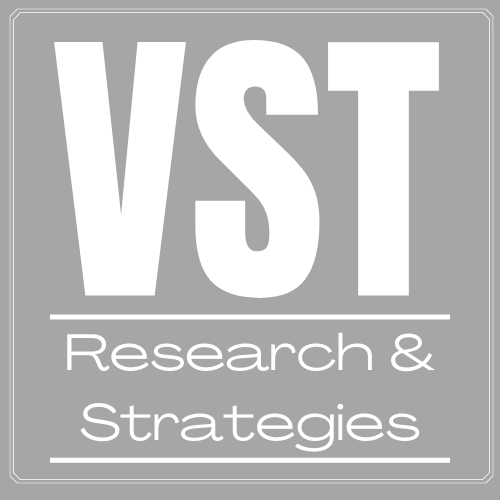Has Sustainability Reached the Masses?
As a practicing anthropologist, deadlines drive how I manage my time and keep me moving from one project to the next. That’s why it has taken me a bit to stop and consider any possible trends across projects. However, once I did stop, participants' concerns over sustainability became apparent. As thoughts around sustainability started to bubble up, I calculated how often participants raised their concerns on this topic over the projects from the last 12 months. The deeper I dug into my data, the more blatant their distress became. People are organically talking about how organizations are prioritizing the use of natural and renewable resources at a rate of 113% from the previous year.
Some of these projects are employee-related projects, or how to keep employees motivated and engaged to avoid quiet quitting and increase morale. Others are user experience or user design projects with a product staying central to conversations with participants. Yet, others are program evaluations with little conversation surrounding a product or retention. They had common discussions regarding the efficacy of traveling for learning and networking opportunities over a trimmed-down virtual experience and the thought processes over why certain materials were used over more eco-friendly options. Each of these projects had sustainability as a link. Though the concerns participants brought up were unique, they showcased a growing awareness of responsibility for the resources used by both individuals and organizations.
This consciousness has not come with answers or even suggestions of how people and organizations should interact with the environments they work and serve. Instead, it comes with an awareness of this being a bigger problem than one person can solve. It comes with a worry of the issue possibly being too big, but one that needs an attempt at a solution. Participants want organizations to be part of the conversation around finding solutions. Their desire to see organizations take measures to be more responsible with resources is apparent. Organizations looking to make connections with those they employ and serve could highlight their efforts to become more sustainable. Elements like decisions to move a percentage of their meetings from in-person to virtual, offering remote working days to employees to cut back on their carbon footprint, or how a product has changed to become more sustainable make a difference to today's consumers. Organizations can join the conversation by championing the small changes they have made to make a difference. After all, their target audience is watching.
